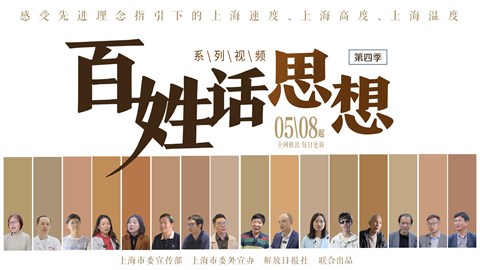Senior homes using AI and digital technology in the works
Shanghai will build 100 "smart" senior homes by the end of 2025, featuring intelligent nursing, medical care and canteen services, as well as smart operation and management, Shanghai's civil affairs authorities announced.
These senior homes will be covered by 5G signal, and electronic versions of health files of elderly citizens will be kept, according to the Shanghai Civil Affairs Bureau's statement on Wednesday.
Smart catering services with dietary nutrition management and food tracking systems will be featured at these senior homes to satisfy the diversified and personalized catering needs of elderly citizens.
Internet hospital services will be offered, and detailed nursing plans covering chronic disease management, medicine distribution and rehabilitation training will be established with regular disease assessment and risk analysis conducted at the senior homes.
Various vital sign detection equipment, monitoring systems and intelligent mattresses will be utilized, and alarms will be sent automatically once abnormalities are detected to reduce the incidence of accidents.
Senior-care agencies are also encouraged to apply smart nursing beds and disinfection robots to assist nursing workers when they turn over or change the position of bed-ridden seniors and provide bathing services.
Internet of Things monitoring equipment and information systems will be installed and connected with platforms of urban management and districts' civil affairs authorities to ensure the safety of elderly citizens.
Moreover, intelligent information management platforms will be established for the efficient management and operation of senior homes.
Shanghai is among the oldest cities in the nation in terms of its elderly population.
The city's elderly population grew by more than 87,000, or 1.6 percent, in 2021 from a year earlier, accounting for more than 36 percent of permanent residents.















